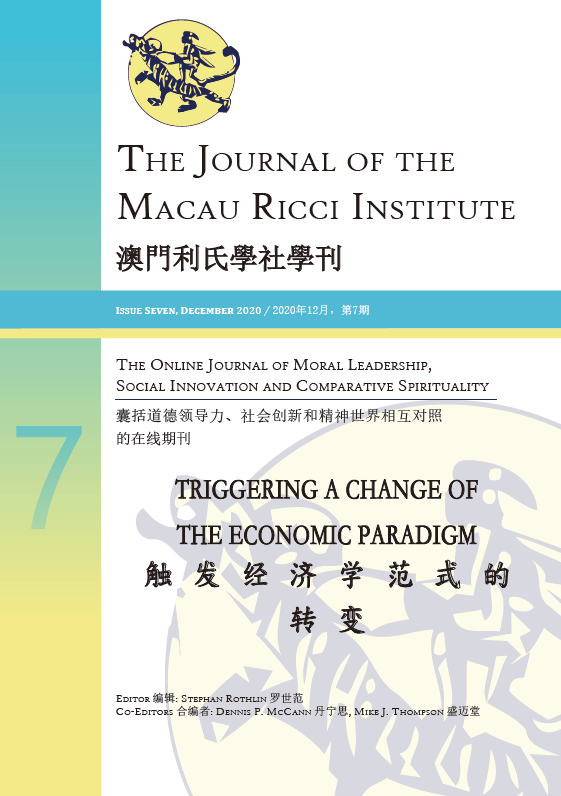Borders and De-Bordering in the 21st Century:
Transforming Policies of Exclusion to Policies of Inclusion
Abstract
With the fall of the Berlin Wall in 1989, a new era of open geographical spaces and unparalleled mobility was to replace an ideologically and politically divided world. However, instead, the post-Cold War period ushered in a new era of walls with over 77 border walls and fences being built around the globe. With the rise of more and more such “hard” borders, migration and its economic, political, social, humanitarian and moral implications, have turned into some of the defining issues of the 21st century (Vallet, 2014). At the same time, calls for softer and more porous borders have been proliferating. Economists have long pointed to the economic benefits of open border policies. Classic economist John Kenneth Galbraith (1979) already argued that open borders are and historically have been effective solutions to enhance economic growth, address global inequality, and reduce global poverty. Besides the economic advantages of more open border policies, scholars have also increasingly maintained that a global economy imposes regulatory and moral challenges that have not yet been adequately addressed.
Downloads
Published
Issue
Section
License
Copyright (c) 2023 Christine Leuenberger

This work is licensed under a Creative Commons Attribution-NonCommercial-NoDerivatives 4.0 International License.


